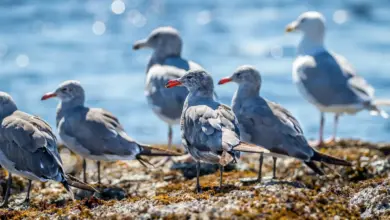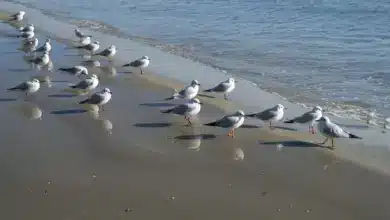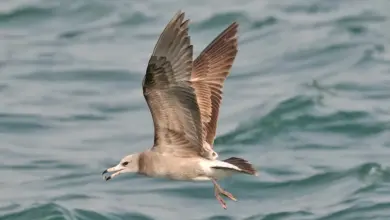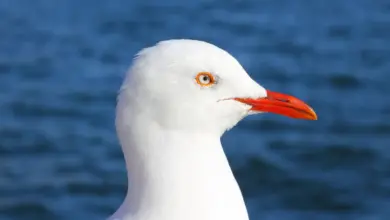The Iceland Gulls, Larus glaucoides, is a large gull which breeds in the arctic regions of Canada and Greenland, but not Iceland, where it is only seen in the winter. It is migratory, wintering from in the North Atlantic as far south as the British Isles and northernmost states of the eastern USA.
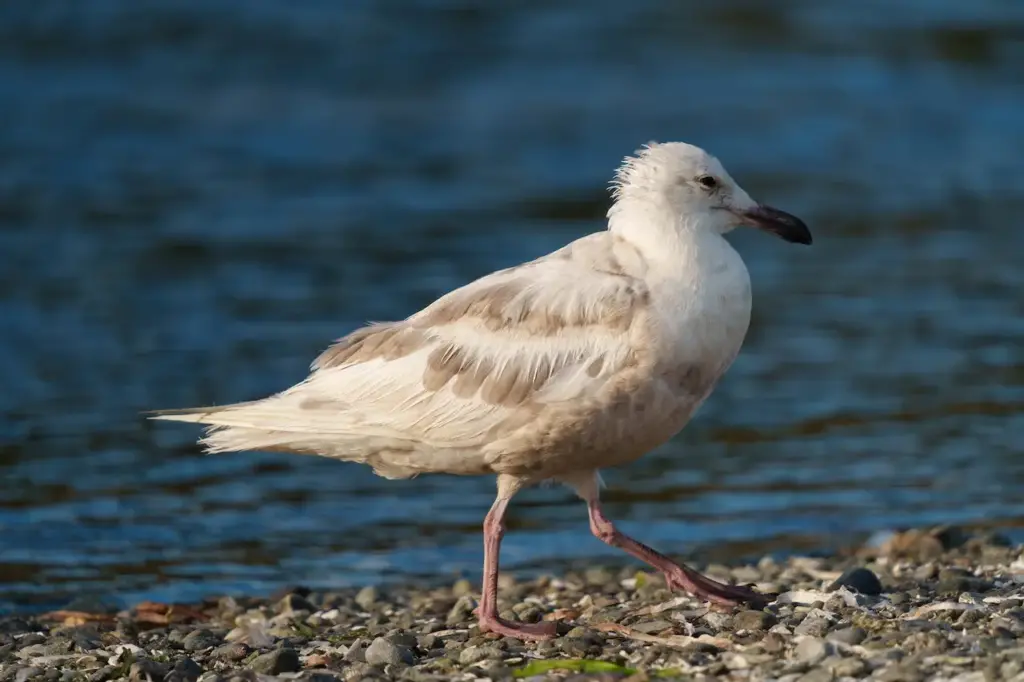
A few birds may winter on the Great Lakes. It is much scarcer in Europe than the similar Glaucous Gull.
Breeding / Nesting
This species breeds colonially or singly on coasts and cliffs, making a nest lined with grass, moss or seaweed on the ground or cliff. Normally, 2-3 light brown eggs are laid.
Description
Iceland Gulls is is a fairly large gull, very pale in all plumages, with no black in the wings or tail. Adults are pale grey above, with a yellowish-green bill. Immatures are very pale grey; the bill is more extensively dark than with Glaucous Gull, and lacks pink. It is smaller and thinner billed than the very large Glaucous Gull, and is usually smaller than the Herring Gull. It takes four years to reach maturity. The call is a “laughing” cry like Herring Gull, but higher pitched.
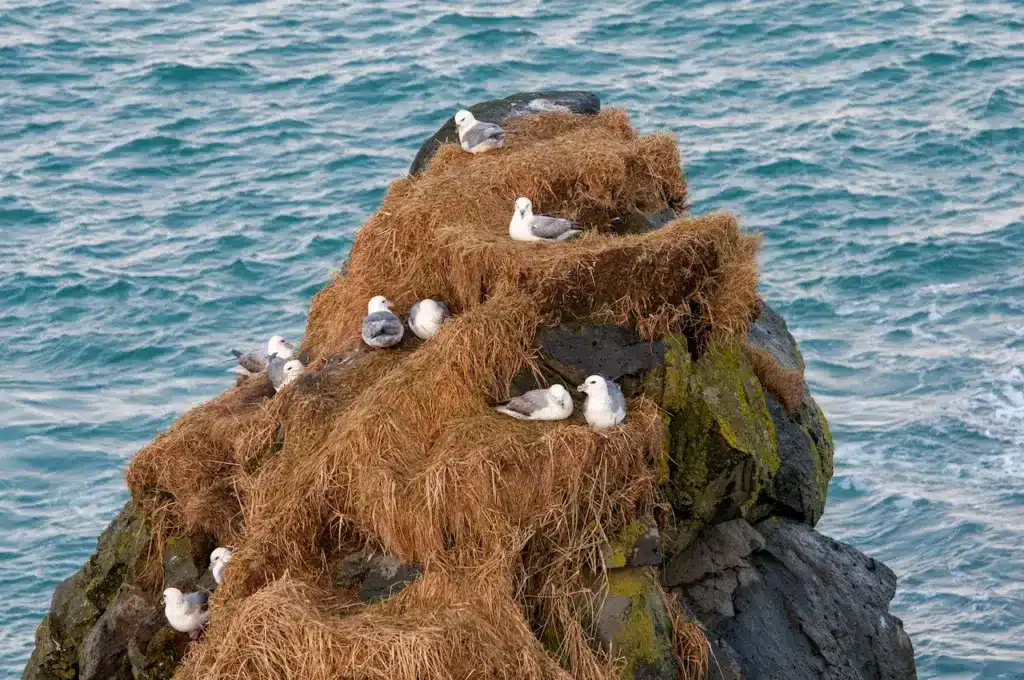
Diet / Feeding
These are omnivores like most Larus gulls, and they will scavenge as well as seeking suitable small prey.
These birds forage while flying, picking up food at or just below the water’s surface, also feeds while walking or swimming. Their scavenging habits lead them to frequent garbage dumps, sewage outlets and places where fish are cleaned.


